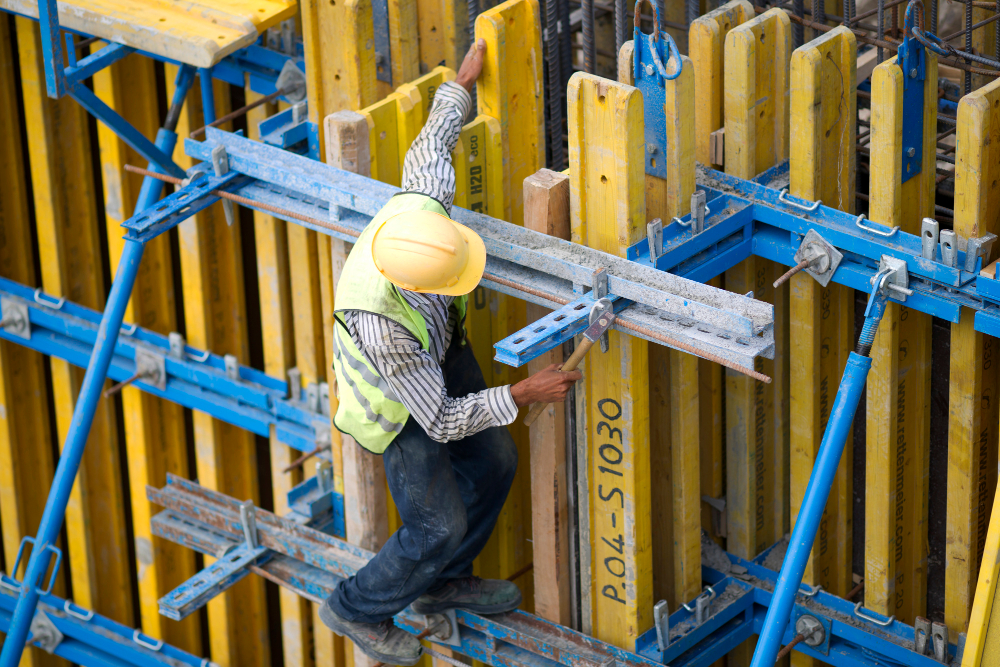Understanding Digital Twins in Construction
A digital twin is a dynamic, data-driven replica of a physical asset or system. It gathers information from sensors, IoT devices, and simulation tools to create an interactive model that updates in real time. In civil engineering, digital twins can represent everything from bridges and tunnels to highways and water systems.
By continuously syncing with on-site data, they allow engineers to predict performance, identify risks, and make informed decisions throughout the project lifecycle.

Enhancing Design and Planning Accuracy
Digital twins have transformed the early stages of infrastructure projects. By integrating design software such as BIM (Building Information Modelling) with real-time data, engineers can visualize how a project will perform before construction even begins.
This capability helps teams detect design conflicts, optimize material use, and reduce rework. For instance, potential clashes in underground utilities can be identified and resolved virtually, saving both time and cost once construction starts.
Real-Time Monitoring and Maintenance
Once construction is underway, digital twins continue to play a vital role. Sensors embedded in structures collect real-time data on temperature, pressure, and stress. This data feeds directly into the digital model, allowing project managers to track performance and detect anomalies early.
After completion, the digital twin remains valuable for long-term maintenance. Facility managers can use it to predict wear and tear, schedule maintenance, and extend the lifespan of critical infrastructure assets.
Improving Sustainability and Efficiency
Digital twins also contribute significantly to sustainable construction. By simulating multiple design options, engineers can assess environmental impact and energy efficiency before implementation. Waste reduction, resource optimization, and improved energy performance are all achievable with the insights gained from digital twin models.
Additionally, when combined with AI and predictive analytics, these tools help contractors make data-driven decisions that minimize carbon footprints and maximize structural longevity.
The Future of Infrastructure Development
As cities continue to grow and demand for smart infrastructure increases, digital twins are set to become standard practice in construction and civil engineering. From planning and design to monitoring and maintenance, the technology provides an integrated view of how infrastructure performs in real-world conditions.
For projects requiring precision, innovation, and reliability, partnering with experiencedcivil engineering contractors London ensures that digital twin technology is utilized to its full potential. CSMANLTD continues to lead in adopting advanced digital tools to deliver smarter, safer, and more sustainable infrastructure solutions.



